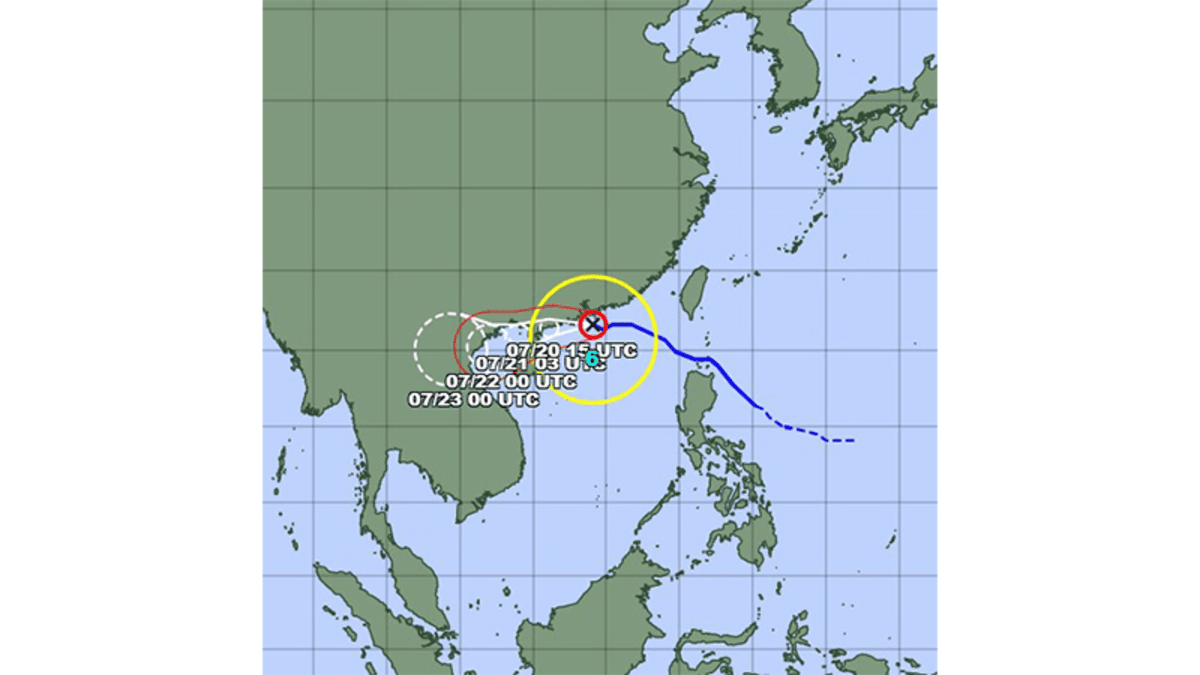The Hong Kong Observatory on Sunday raised the T10 hurricane warning signal, its highest alert level, as Typhoon Wipha approached the city, posing a significant threat with violent winds and storm surges.
The warning was hoisted at 9:20 AM local time, with the typhoon expected to skirt about 50 km south of the city around noon. Winds with sustained speeds exceeding 118 km/h are forecasted, prompting authorities to urge residents to take immediate shelter and avoid the streets.
The T10 signal — last issued during Super Typhoon Saola in 2023 — signals the potential for major disruption. Saola had caused dozens of injuries, landslides, and widespread tree fall, as per local media reports.
The storm has already caused the cancellation of over 500 weekend flights, with only around 400 expected to resume in the afternoon, depending on Wipha’s movement. Public transportation has been heavily impacted, with ferry and bus services suspended, and some MTR lines — especially open sections, including the Light Rail and Airport Express — halted.
The annual Hong Kong Book Fair was also suspended due to safety concerns.
In terms of damage, at least one injury has been reported, and over 214 people have taken refuge in 34 government shelters. Strong gusts — exceeding 103 km/h — were recorded at Tate’s Cairn, and water levels rose to 3 metres above normal at Tai Po Kau.
The storm also affected southern China’s Hainan and Guangdong provinces, already on high alert after Wipha brought heavy rains and flooding to the Philippines.
Meteorologists have linked the increasing frequency and intensity of tropical cyclones like Wipha to warming sea temperatures, urging greater preparedness for extreme weather events in the region.




